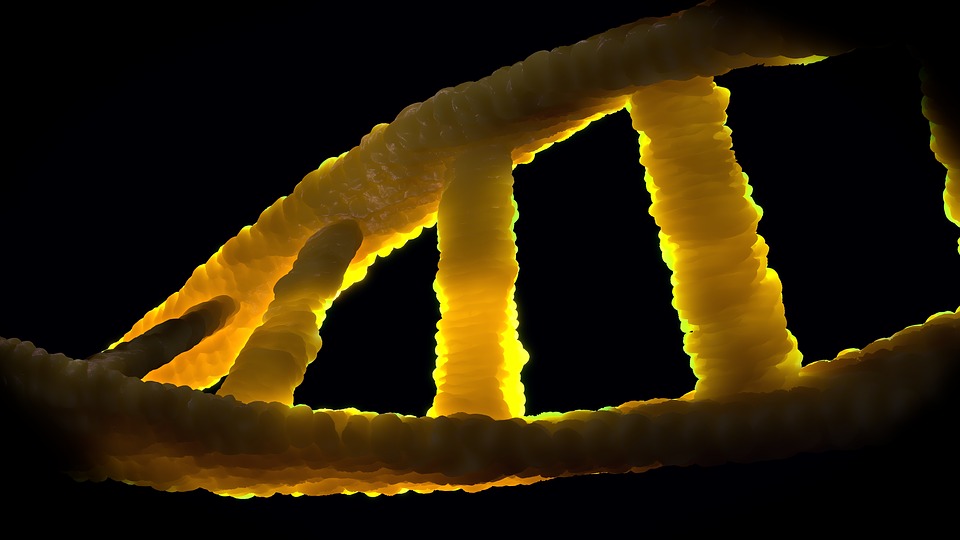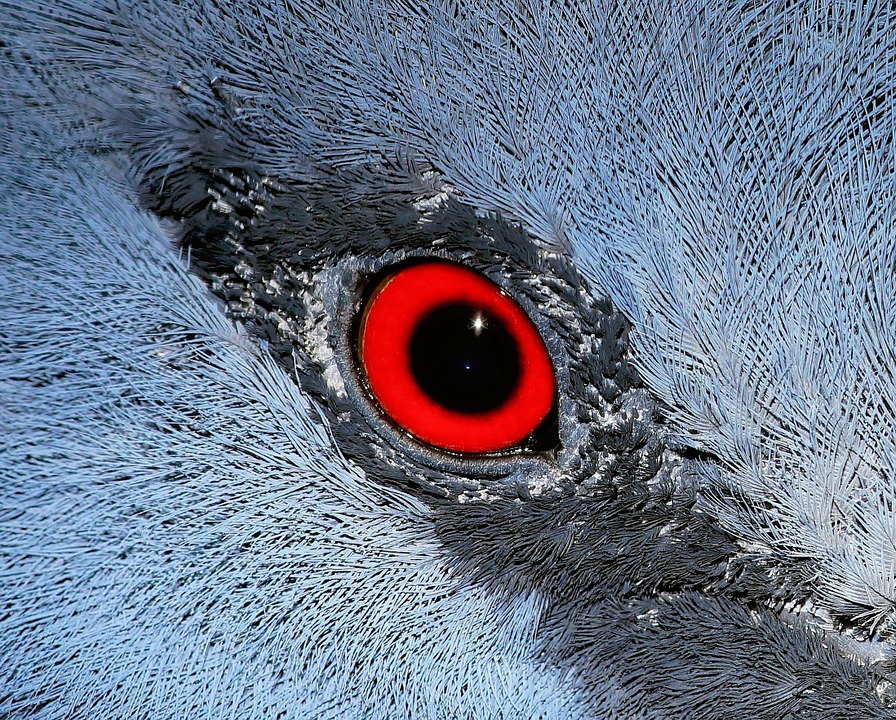
The first provisional criteria for defining remission in RA were drawn up by EULAR and the ACR in 2011. Two types of remission definition were agreed on. The first was the so-called Boolean definition, which required that that a person must have a score of 1 or less in each of four core variables: tender joint count, swollen joint count, patient global assessment (PtGA), and C-reactive protein (CRP) – a measure of inflammation. Conversely, the index-based definition used the remission cut-off point of the Simplified Disease Activity Index (SDAI).
Since then, critics argued that the threshold of 1 or less for the PtGA was too strict, with some patients not achieving it despite meeting the other cut-offs. This is important, because PtGA is an important measure of disease activity, and one of the most sensitive ones used in clinical trials. Recently, new data have suggested that a higher threshold for the PtGA element could improve agreement between the two sets of remission criteria.
With this in mind, patient data were retrieved from four clinical trials testing the efficacy of various biological disease-modifying antirheumatic drugs (bDMARDs) against placebo or methotrexate. The authors increased the threshold of the PtGA in 0.5 cm increments, from 1.0 up to 2.5. The group also looked at a Boolean definition that did not include the PtGA criterion at all.
As expected, using PtGA 2 cm yielded higher remission rates compared with 1 cm, and omitting PtGA entirely increased rates even further. Of note, there were no differences in radiographic progression seen in people with people established RA achieving remission according to the different definitions. Importantly, although these revised definition allow more people to be classed as in remission, EULAR note that the definition of remission should remain strict – both to ensure beneficial long-term outcomes and prevent unnecessary treatment escalation.
The full paper is published in October 2022 issue of the Annals of the Rheumatic Diseases, and provides validation of the previously proposed modification of the Boolean ACR/EULAR
remission criteria, to include a threshold of 2 cm rather than 1 cm for the PtGA criterion. It is proposed that this change be adopted both for future clinical trials and as a target in clinical
practice.



